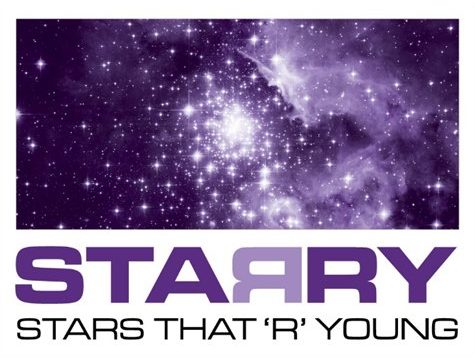Ask yourself this question: How do you prepare for the new data release of a space mission which is changing the perspective of how we look the sky? A few of the answers could be: Working as fast as you can, finishing your scripts, prepare the data, drafting the papers and probably not sleeping much.
Most of the scientific community was doing this before 25 April 2018 because that was the date for the second release of Gaia (Gaia DR2). As you might know, Gaia has measured the positions, distances, space motions and many physical characteristics of around a billion stars in our Galaxy and beyond. The analysis of this data will have a significant impact on the astronomical community, and now they have it!
For this release, we have the positions on the sky, parallaxes, and proper motions for more than 1.3 billion sources, median radial velocities for more than 7.2 million stars and so much more. Those numbers can be scary, but at the same time, they are exciting because for this more substantial number of sources we can point out and know exactly where they are. Besides the excellent team behind Gaia have performed a cross-matches between Gaia DR2 and catalogues like 2mass, SDSS DR9, Pan-STARRS1, GSC2.3, PPM-XL, AllWISE, like they did with the first release. Is this not amazing? Gaia team, thanks for making easier part of our work. For more information about Gaia DR2 and Gaia in general, visit https://www.cosmos.esa.int/web/gaia.
If I was surprised at how accurate Gaia DR1 was, and Gaia DR2 have changed everything. The impact on my project with the new data looks very promising. The new values for the five-parameter astrometric solution have given me better – and more precise – answers for my research which encourage me to continue exploring this data and hopefully make important discoveries.
So, what can I say? Gaia DR2 is finally here!
